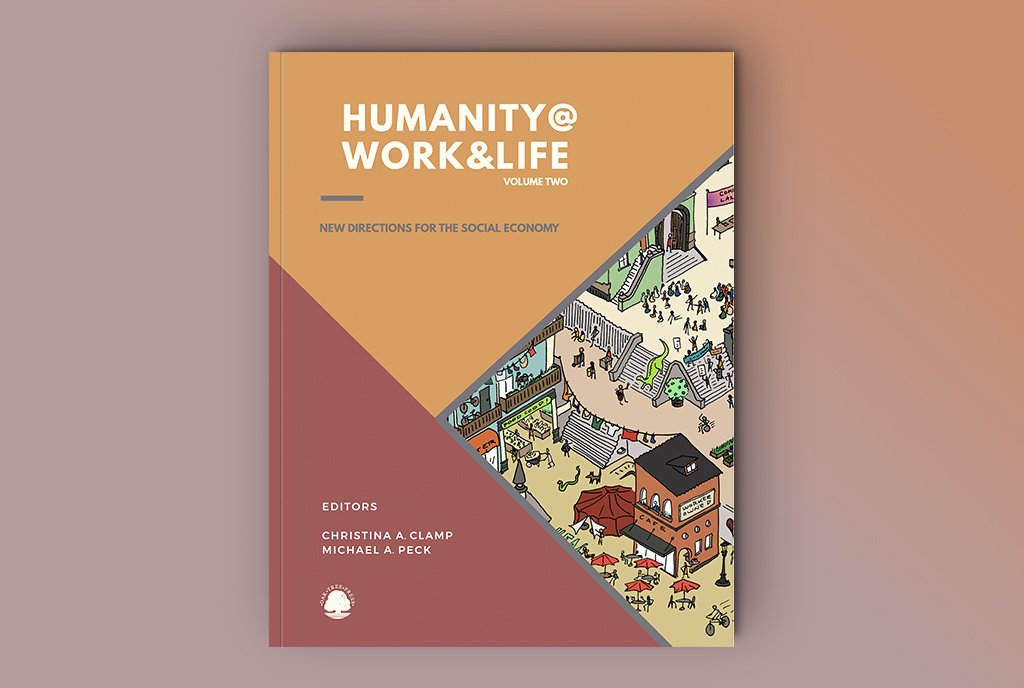July 12, 2016; Washington Post
Among the many provisions of the Affordable Care Act is one that allowed for the establishment of state-based “consumer operated and oriented plans,” often referred to as co-ops, to compete with private insurance. Of the 23 such plans, which served a million policyholders in 2015, only seven, serving about 350,000 policyholders, will remain in 2017. Every one of the remaining plans lost money in 2015 and is at risk of failure. NPQ’s nonprofit news coverage has followed the formation, troubles, and demise of the health insurance co-ops, including articles here, here, and here.
The Illinois co-op, Land of Lincoln Mutual Health Insurance Co., announced this week that it would shut down, requiring 49,000 customers to seek insurance from other providers. State regulators are allowing policyholders to purchase insurance from a different company before their current policy expires, but it’s not clear when the current policies will expire under the “orderly shutdown” plan envisioned by the co-op and the state of Illinois.
What happened? After all, the federal government provided more than $2 billion in startup loans to help the co-ops build capacity and seek customers. Policyholders were paying premiums. Nonprofit health insurance companies are nothing new, with many operating across the country for decades. Many believed that the co-ops could use premiums more effectively to serve policyholders rather than shareholders or bondholders. The answer has a lot to do with operating a business in a heavily regulated market, especially when the regulators’ ideological biases are reflected in the rules and when regulations are influenced by people who want you to fail.
Sign up for our free newsletters
Subscribe to NPQ's newsletters to have our top stories delivered directly to your inbox.
By signing up, you agree to our privacy policy and terms of use, and to receive messages from NPQ and our partners.
Cooperatives were hit hard by “adverse selection,” meaning that many policyholders are people with greater need for medical services, such as people with chronic health conditions, pre-existing conditions, health histories, and/or risk factors for illness or disability. The co-ops, like all insurance companies, were subject to the ACA’s mandate that no one may be denied health insurance and the differential between premiums for lower-risk and higher-risk customers is capped. As a result, insurance plans that attract more high-risk customers are at greater risk themselves because they can’t charge enough in premiums to cover costs. Although this was foreseen and provision was made for “risk corridor” payments from profitable insurance companies to unprofitable ones, there wasn’t enough profit to spread to the unprofitable insurers and Congress refused to appropriate more money to the risk corridor pool. The co-ops are limited by law and regulation in how they could advertise and market to potential customers, and, until recently, they were prohibited from seeking investors among other avenues for supplemental financing.
Some of the co-ops, including Maryland and a class action filed by the co-op in Oregon, are suing the federal government to force it to make the promised risk corridor payments. Even if risk corridor payments are unlikely due to Congressional opposition, the lawsuits may provide bargaining pressure to force the government to forgive or “write off” the startup loans that burden the balance sheets of the co-ops and make attracting alternative financing from investors more difficult. Other co-ops are looking to a mix of premium increases, business diversification and more direct competition for large employers’ group insurance business, administrative cost savings, and negotiating better deals with pharmacies and other healthcare providers to increase revenue and reduce expenses.
The nonprofit health insurance co-ops established as part of Obamacare were a good theoretical idea that collided with a difficult marketplace and political opposition—opposition to the ACA in general and opposition to the co-ops as the subsidized pilot project that could morph into the “public option” insurance design dropped from the original ACA proposal. The dawn of a new debate over a health insurance public option is arising in an election year, with both sides pointing to the co-ops as evidence that a shift toward either a government-sponsored single-payer or private enterprise market-based solution is needed.











